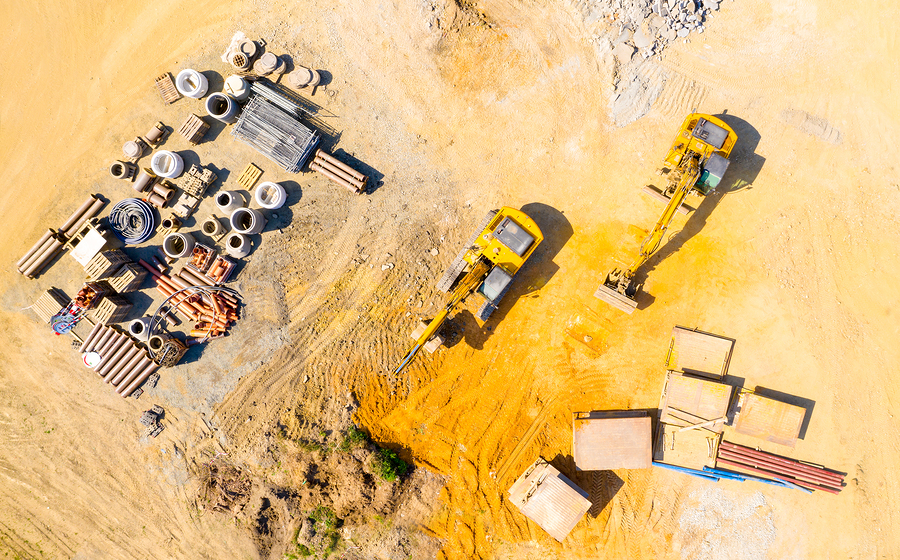If you’re expanding your business or starting a new venture, purchasing a building or property can be one of the most exciting parts of the process. And while curb appeal and a talent search might be your top priorities, don’t forget about doing your environmental due diligence. Failure to do so can result in environmental issues catching you off guard, which can leave you with unforeseen responsibilities and tough decisions to make.
A comprehensive Phase I Environmental Site Assessment (ESA) is a low-cost, low-risk way to kick off the environmental due diligence process and help you identify potential risks.
A Background of ESAs
Scientists have been conducting risk and environmental site assessments for commercial properties for decades. Historically, these assessments were generally performed to help estimate cleanup costs in situations where site redevelopment or land-use changes were on the horizon.
But times have changed, and so have environmental regulations — so the demand for these kinds of studies has only increased.
| Related Reading: A Case for Getting Ahead of Impending PFAS Regulations |
Phase I ESAs have since become the most common tool for both lenders and buyers to evaluate a site’s history and identify any potential environmental liability.
What Is a Phase I Environmental Site Assessment?
A Phase I ESA is a non-intrusive investigation that helps identify a property’s past uses and the environmental effects those uses may have had on the property and adjacent areas.
These site assessments are research-intensive. They generally involve:
- A thorough historical record review
- An on-site visit to assess present environmental conditions
- Interviews with owners and neighbors
- Reviews of other relevant records that may indicate sources of potential contamination
If you’re saying to yourself, “that’s just paperwork,” you’re right — but that doesn’t mean the process isn’t time-consuming or that it’s easy to take into your own hands. A comprehensive Phase I ESA usually takes between two and three weeks to complete and needs to be performed by a qualified environmental professional in accordance with American Society for Testing and Materials (ASTM) standards.
Phase I ESAs Results
The results of a Phase I ESA include any causes of or risk factors for:
- Soil contamination
- Compromised ground or surface water quality
- Chemical residues within buildings on site (e.g., asbestos, mold, lead)
Since contamination doesn’t always stay within property lines, environmental consultants also investigate surrounding properties. If the results pose a cause for concern, a Phase II ESA, which includes sampling, may be necessary.
| Related Reading: Five Questions a Phase I Environmental Site Assessment Will Answer |
Phase I ESA Benefits
Phase I ESA results are invaluable for both potential owners and corporate managers, borrowers, investors, and lenders.
- Potential property owners can use Phase I ESA results to inform decisions regarding purchasing agreements, cleanup costs, and anything else that can help control environmental liability for the property.
- Corporate managers, borrowers, investors, and lenders can use Phase I ESA results to fulfill due diligence requirements for various types of properties and transactions (e.g., before purchase, sale, development, refinancing, foreclosure).
Next Steps
When it comes to assessing and mitigating environmental impacts, a Phase I ESA isn’t always the end of the road for the parties involved in a property transaction.
Environmental health and safety (EHS) professionals can help developers, redevelopment agencies, facility operators, and owners mitigate environmental impacts that Phase Is identify. And beyond that, they can help you understand and manage EHS-related issues throughout the life of a property, which will:
- Help you comply with state and federal regulations
- Reduce your potential liabilities
- Increase your property value.
If you’re seeking assistance for environmental due diligence or management, call us at (906) 228-5125 to get in touch with our environmental department.
Originally published on August 29, 2015
Ready to get your next environmental project started? Get in touch with our environmental experts today.


